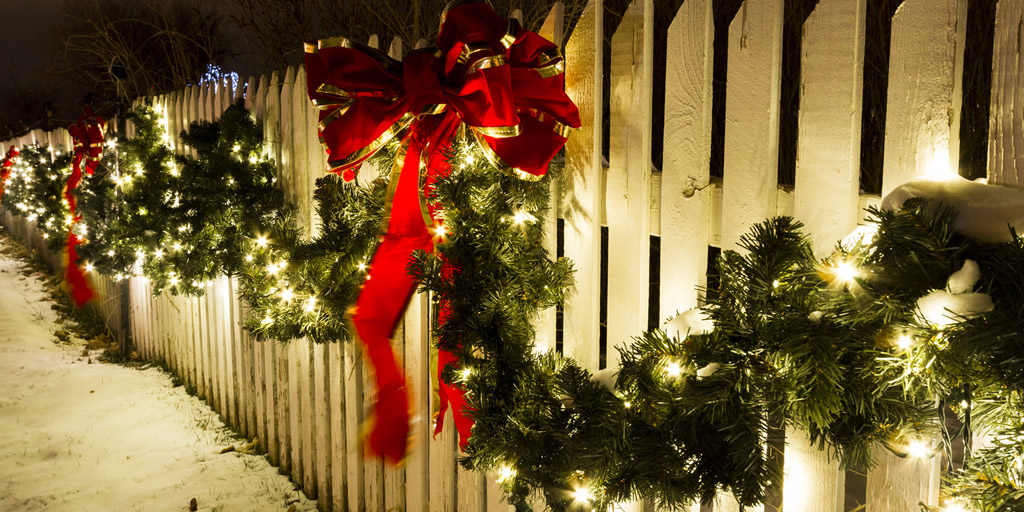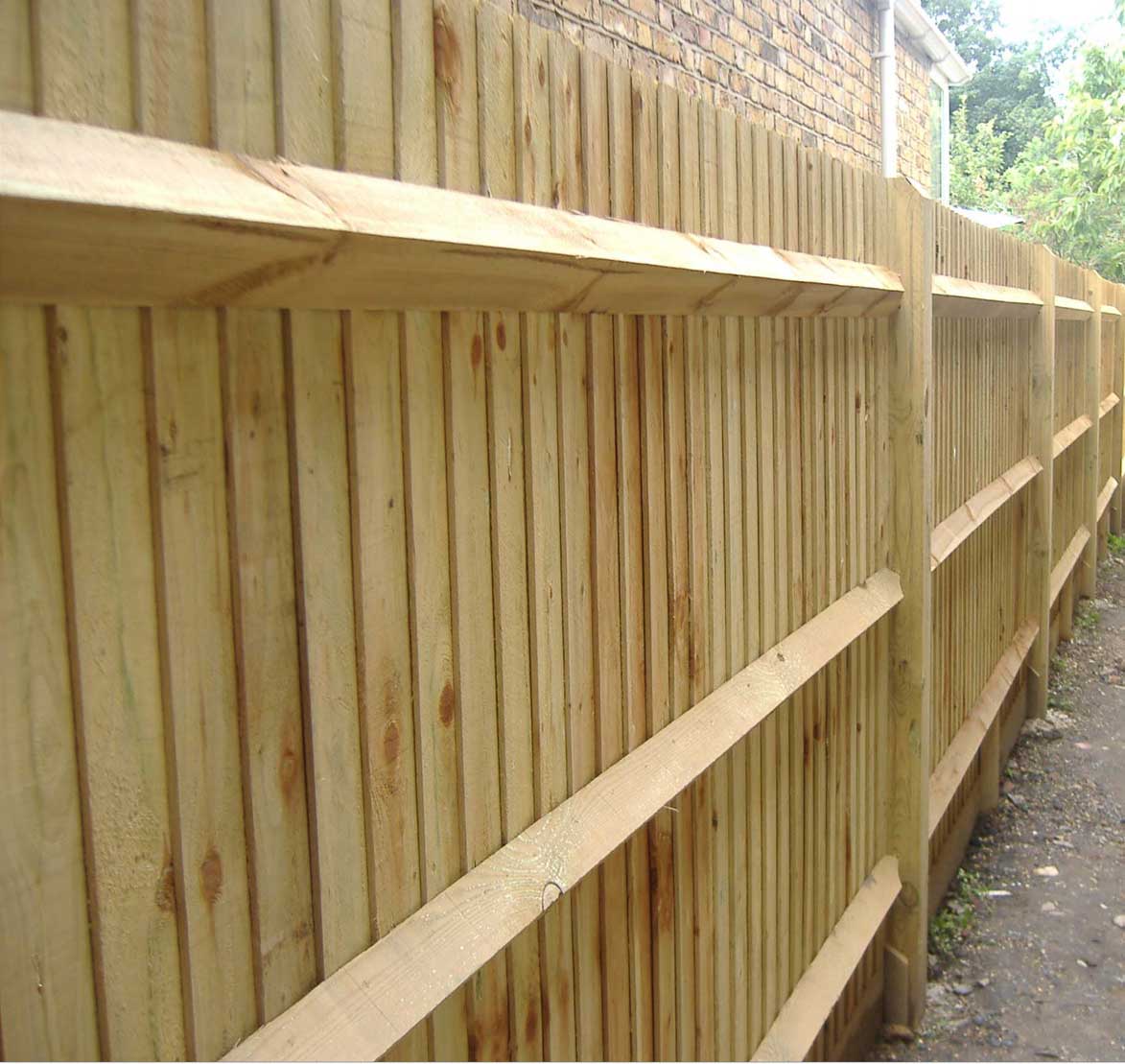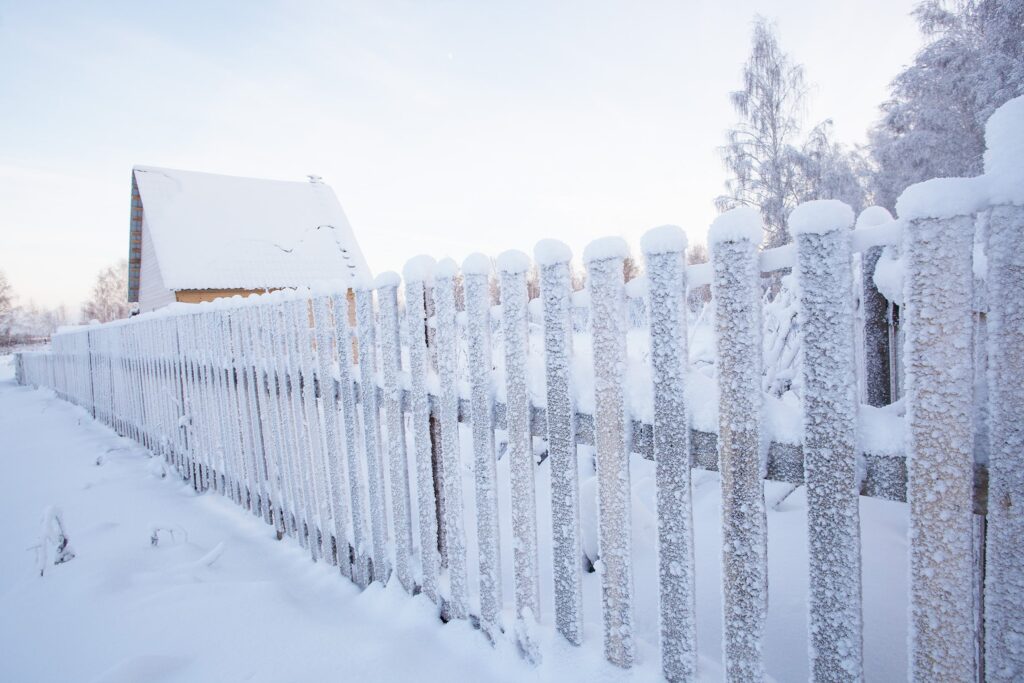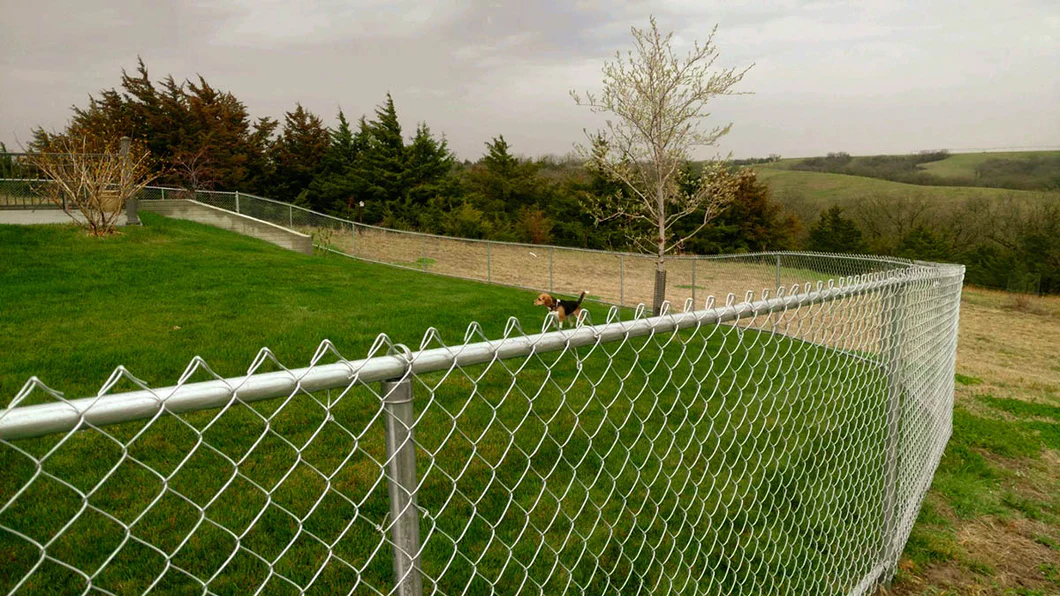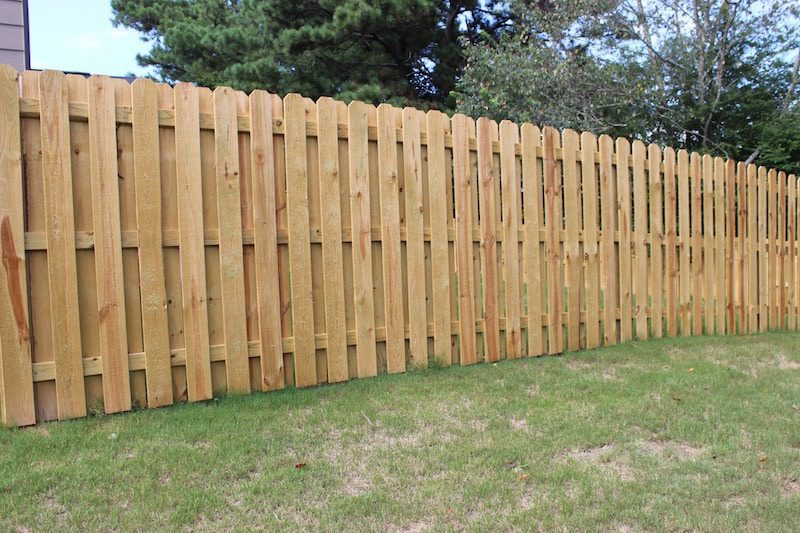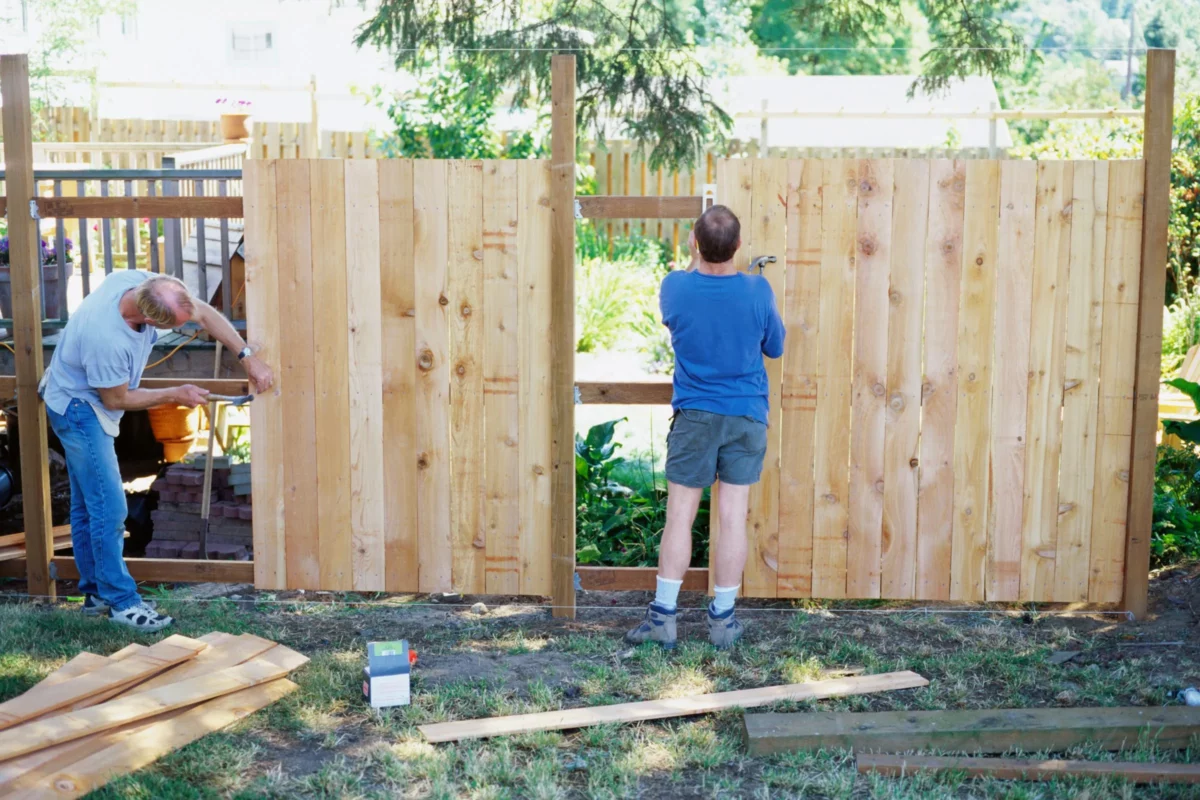Festive Fence Ideas
Mike Clark
on
November 2, 2023
Get Your Free Fence Quote Today!
The holiday season is upon us, and what better way to spread cheer than by adorning your home’s exterior with captivating Christmas decorations? While many focus on embellishing their homes with lights and ornaments, one area that often gets overlooked is the humble fence. Don’t let your fence fade into the background this holiday season! In this blog post, we will explore creative and enchanting ideas to transform your fence into a festive wonderland. From traditional wreaths to whimsical garlands, get ready to discover a plethora of delightful ways to decorate your fence for Christmas.
1. Traditional Wreaths: A Classic Touch
Nothing says “Christmas” quite like a beautifully crafted wreath hanging on a front door. But why limit this timeless tradition to just the entrance? Extend the festive spirit by adorning your fence with stunning wreaths at regular intervals. Opt for evergreen wreaths adorned with red ribbons, pinecones, and even small baubles. For a personal touch, you can make your own wreaths using natural materials found in your garden or local surroundings.
2. Garland Galore: Cascading Elegance
Transform your plain fence into an elegant masterpiece by draping it with garlands of greenery and twinkling lights. Choose from traditional pine garlands or explore more unique options like eucalyptus or holly branches intertwined with fairy lights. Hang the garland along the top of the fence, allowing it to cascade down in graceful loops. The combination of lush greenery and sparkling lights will instantly elevate the festive ambiance of your outdoor space.
3. Charming Chalkboard Signs: Merry Messages
Add a touch of whimsy and personalization to your Christmas fence decorations with charming chalkboard signs. Hang them at various points along the fence and write festive messages or wishes for passersby to enjoy. Get creative with your designs, incorporating holiday-themed illustrations or playful fonts. Whether it’s a warm greeting, a favorite Christmas quote, or even an invitation for carolers, chalkboard signs bring an interactive and festive element to your fence decor.
4. Delightful Ornaments: Eye-Catching Accents
Bring the magic of Christmas to your fence by hanging eye-catching ornaments that sparkle and shimmer in the winter sunlight. Choose oversized baubles in vibrant colors for a bold and cheerful look, or opt for elegant silver and gold ornaments for a touch of sophistication. Hang them at varying heights along the fence using sturdy hooks or ribbons. The sight of these dazzling decorations will bring joy to all who pass by.
5. Whimsical Winter Wonderland: Snowy Scenes
Create a whimsical winter wonderland on your fence by adorning it with snowy scenes that transport you to a magical world. Hang snowflake-shaped lights or cutouts made from white cardstock along the length of the fence for an enchanting effect. Add faux snow spray or flocking powder to create a snowy backdrop on the fence panels, invoking memories of picturesque winter landscapes.
Sprinkle Festive Magic on Your Fence
This holiday season, don’t overlook the potential of your humble fence when it comes to spreading Christmas cheer. By incorporating these creative ideas into your outdoor decor, you can transform your everyday fence into a captivating Christmas display that delights both residents and passersby alike. From traditional wreaths and garlands to charming chalkboard signs and whimsical winter wonderlands, there are endless possibilities to make your fence a festive focal point. So let your imagination run wild, gather some supplies, and sprinkle some festive magic on your fence this Christmas!

 FREE ESTIMATE NOW
FREE ESTIMATE NOW (770) 396-4200
(770) 396-4200